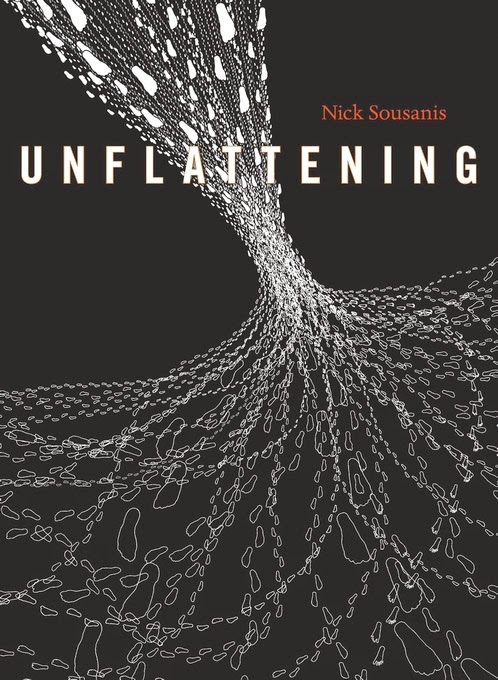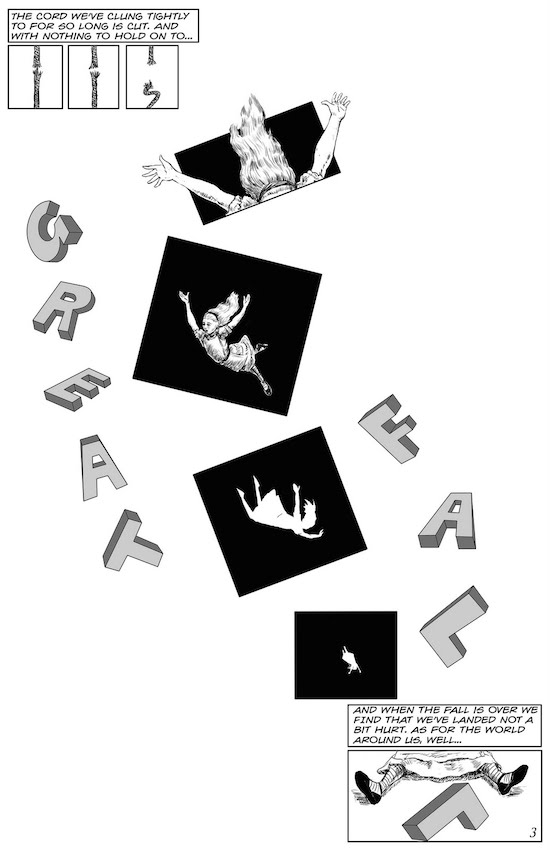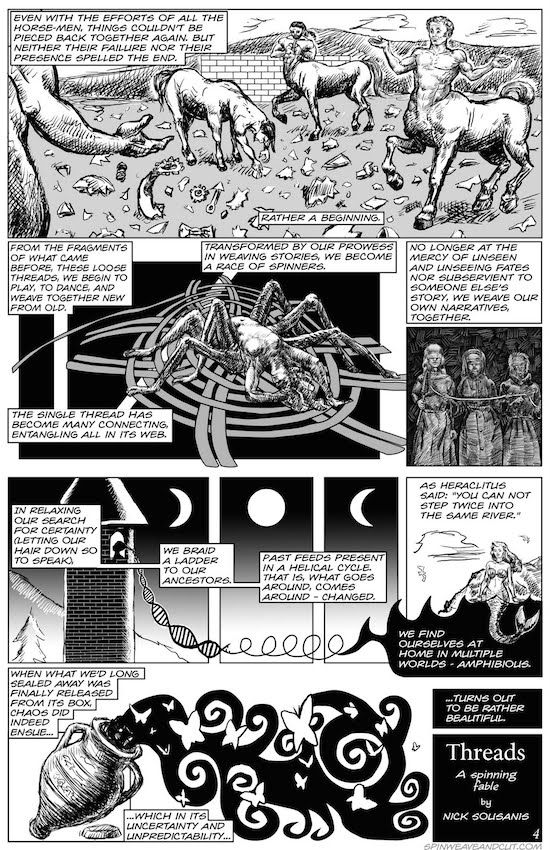Maus, Art Spiegelman – This iconic bit of graphic autobiography is a rather cliché selection at this point, but only because it’s so worth reading. Spiegelman is a longstanding member of the American underground comix movement and a well-respected illustrator who started doing a series of interviews with his father, an Auschwitz survivor, in the late ’80s. With Maus, Spiegelman presents both his father’s story of the Holocaust and the story of the interviews themselves as a window into the antagonistic relationship between Art and his father, a long-term and personal consequence of the Shoah.
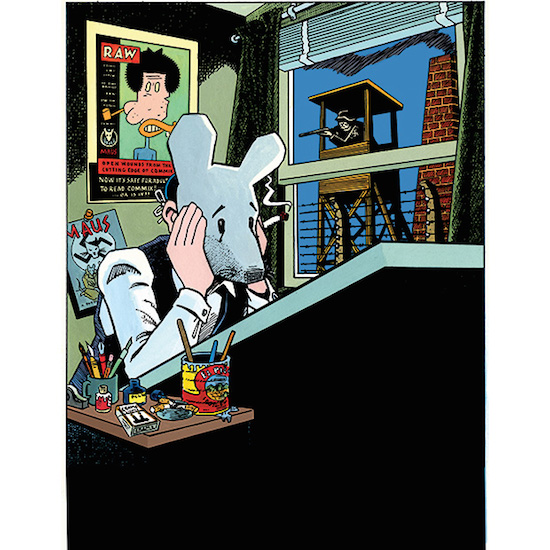
Watchmen, Alan Moore and Dave Gibbons – 1986 was a pivotal year for the superhero genre; it’s the year we can identify superheroes as being given that dark and gritty edginess which pervades today’s blockbuster films and renders supposed paragons like Superman in Man of Steel a nigh unwatchable mess. Watchmen is a deconstruction of the superhero, all mixed up with Cold War politics and a healthy serving of Moore’s own radical philosophizing on the nature of humanity, delivered through the economic and brutally effective (dare I say poetic) art of Dave Gibbons.
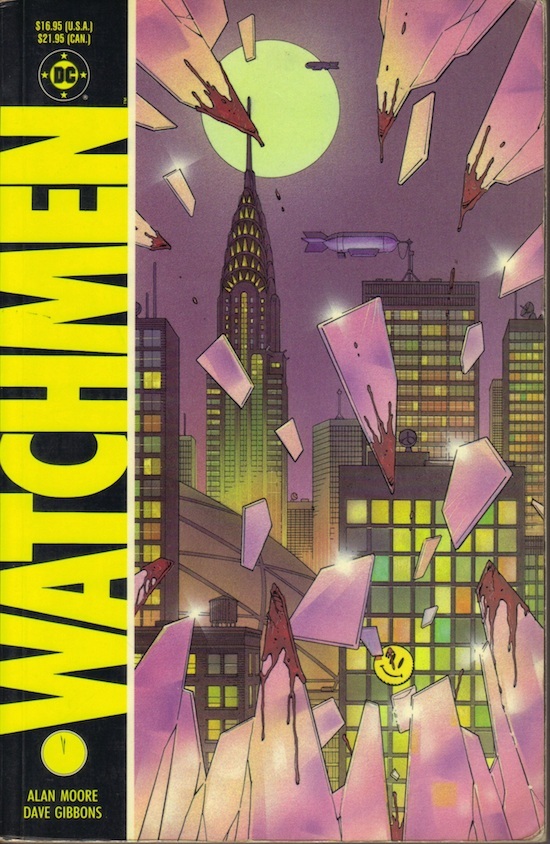
Peepshow, Joe Matt – Another autobio piece, this one by an American cartoonist whom we’ve made an honourary Canadian. Matt chronicles his days as a young cartoonist living on a shoestring, his failed relationships, his personal neurosis about money, and his move to Toronto where he met and befriended legendary Canadian cartoonists Chester Brown and Seth. Matt’s style reflects his state of mind: tight, often cluttered, but elaborately structured and inventive with a sound helping of self-reflexivity.
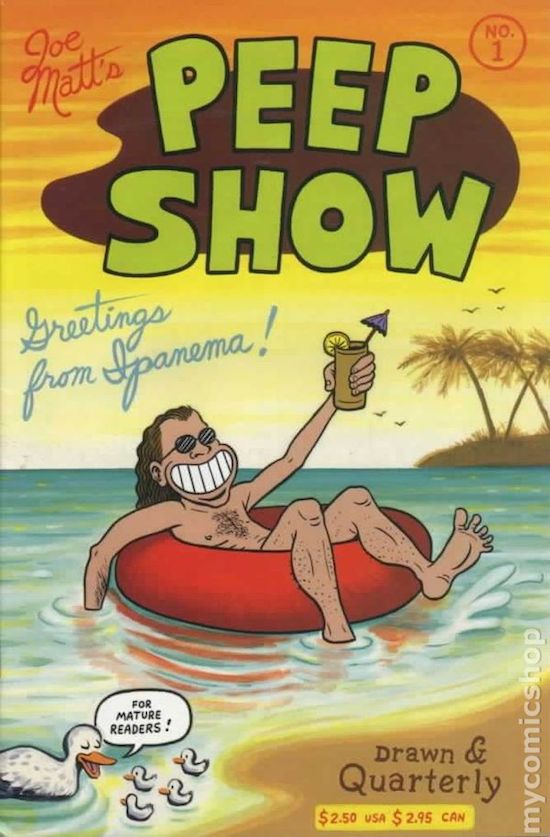
Kingdom Come, Mark Waid and Alex Ross – The art in this book is astounding; it is a comic made to appeal to the art snob in all of us. Each panel is a gouache painting by Ross, one of the single best draftsmen in the industry. It’s a superhero comic, featuring an aged Justice League confronted with a world of young superhumans devoid of the integrity and sense of responsibility which define our most beloved heroes, a world which is now coming apart at the seams. It is therefore a story of reconciling ideals from ages past to a world bent on hurling itself into the future, and that maybe such reconciliation is in fact the essence of Humanity.
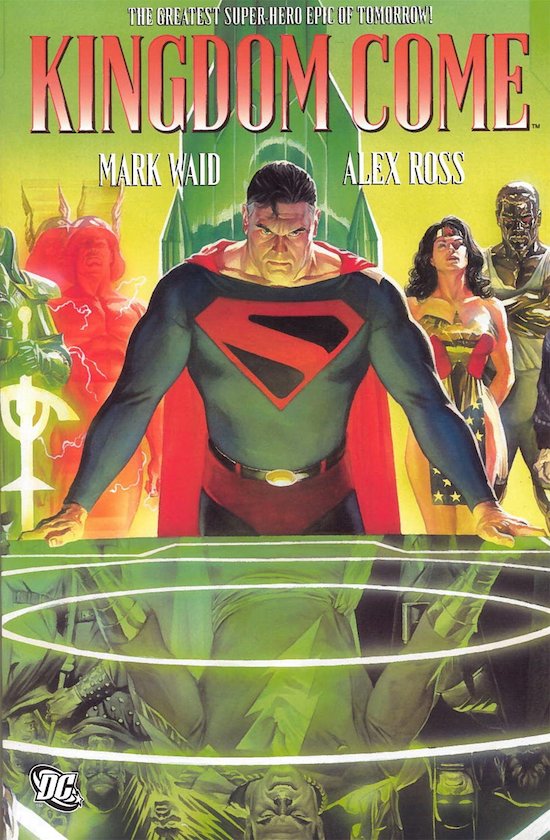
Transmetropolitan, Warren Ellis and Darick Robertson – A fantastically wild story about a disillusioned and chain-smoking journalist who gets dragged back into The City, a dystopian, smog-ridden metropolis fuelled by drugs, sex, and bizarre technology. It’s Hunter S. Thompson meets Blade Runner and The Fifth Element, and Ellis uses it as a platform for his own truly incisive brand of social commentary.
*We’ve chosen two Transmetropolitan images because they’re so cool!*
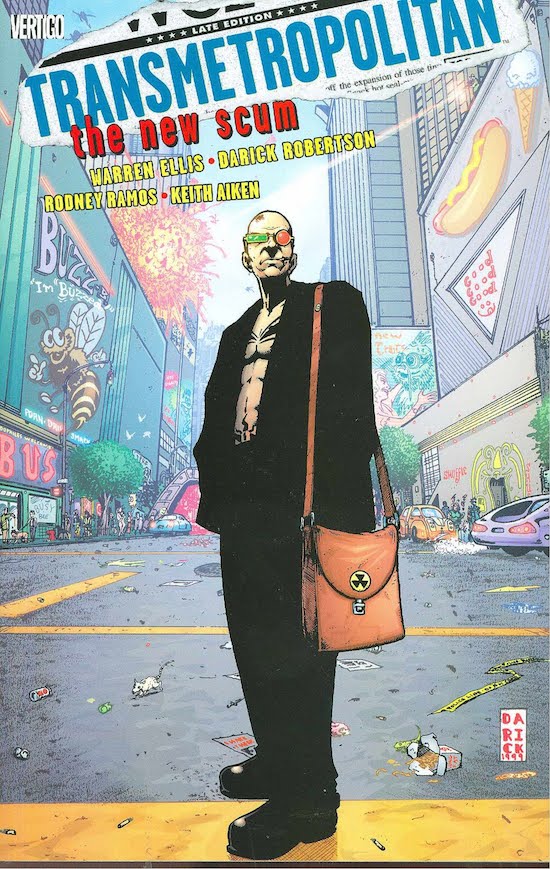
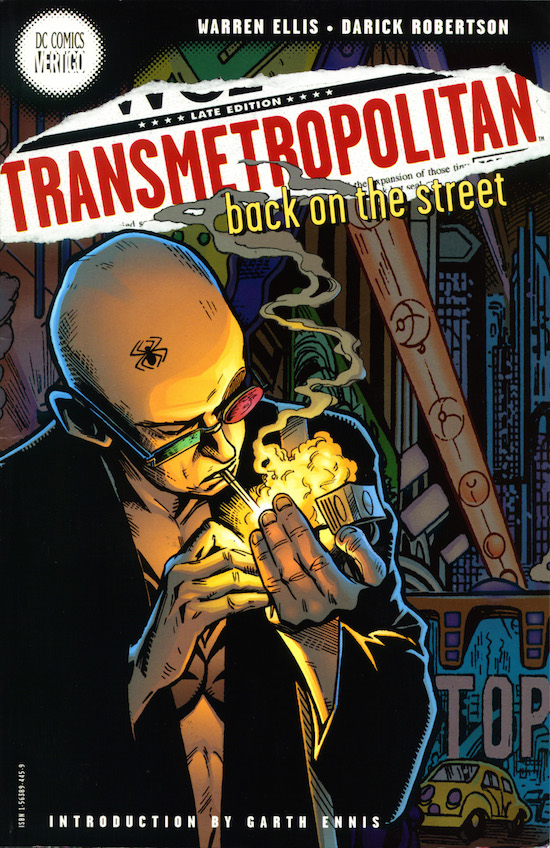
Skim, Mariko and Jillian Tamaki – As coming-of-age stories go, this one is as tender and provocative as they come. Written and drawn by two Canadian cousins, its a wonderfully compelling read about identity, attraction, and friends loved and lost in the turmoil of high school.
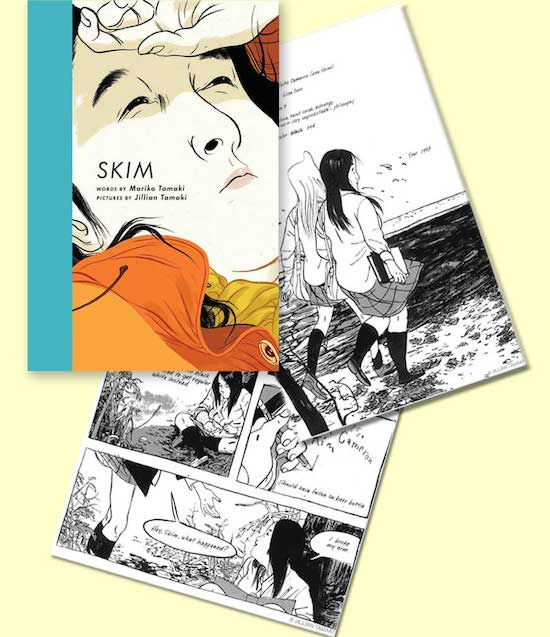
Understanding Comics, Scott McCloud – McCloud is often cited as the first comics theorist, or at least the first cartoonist who stepped up and popularized the idea of comics theory by presenting it as a comic. This book has been the springboard into comics studies for most of the comics scholars I know, and it really is a great read. If there’s a singularly effective way to present theory on this medium, it’s in the medium itself.
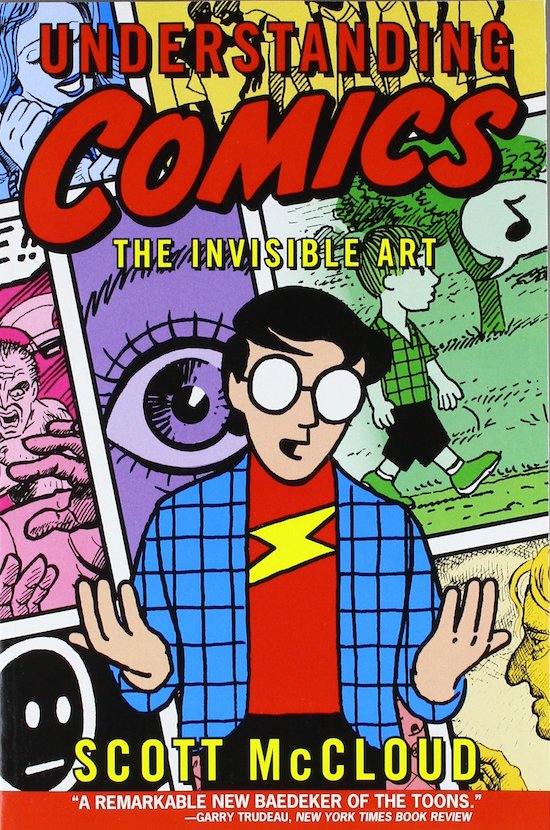
Here, Richard McGuire – A recent graphic novel based on some shorter comics published in RAW magazine back in the 1989. It’s a fascinating premise; McGuire documents the history of a single physical spot, the corner of a living room, documenting utterly disconnected moments through time in such a way as to prompt the reader to form a narrative by assumption and association rather than any kind of sequence on the page. It’s an innovative body of work in the sense that it explores text, narrative, time, and space without sticking to any kind of definitive sequential structure, and in it’s first iteration it proved influential to both comics theorist Thierry Groensteen and cartoonist Chris Ware (see his Building Stories project, and the review of Here that he wrote for the Guardian).
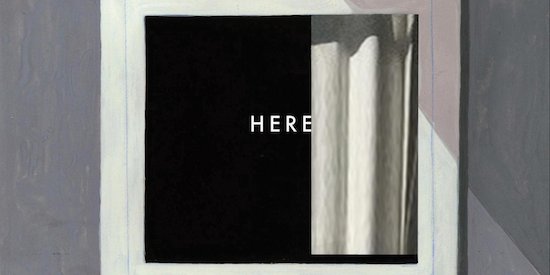
On the topic of using cartoons and comics to augment academic discourse, here’s my friend Nick Sousanis’ website. Nick just finished his PhD at Columbia where he wrote and drew his entire thesis, now available as the book Unflattening from Harvard University Press. His blog offers some excellent examples of his work as well as updates and explanations of his research intentions and upcoming presentations/publications.
